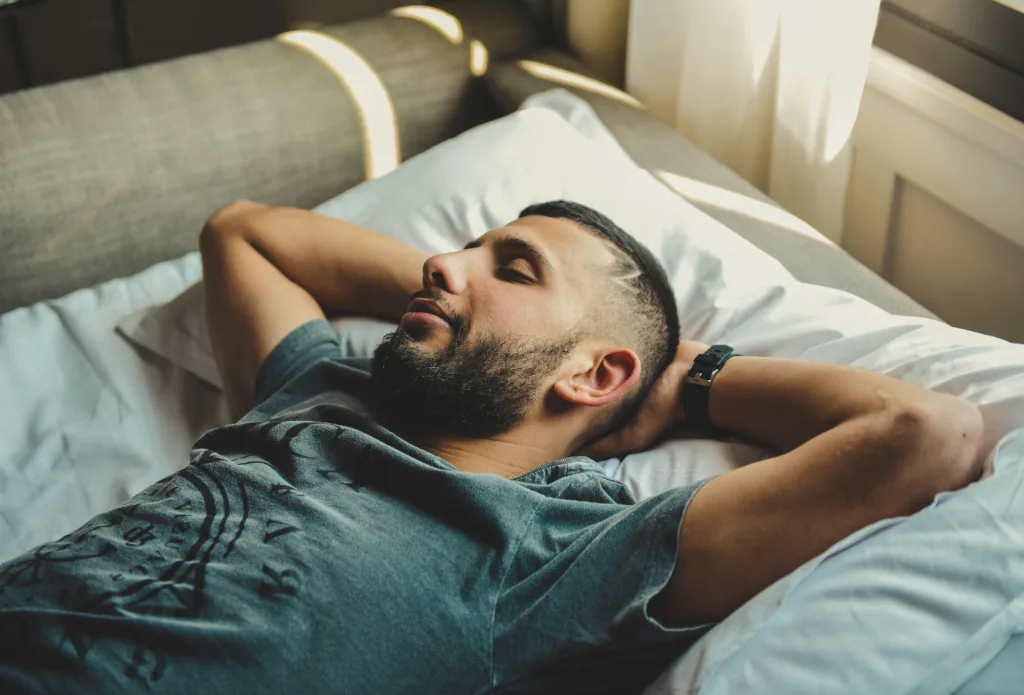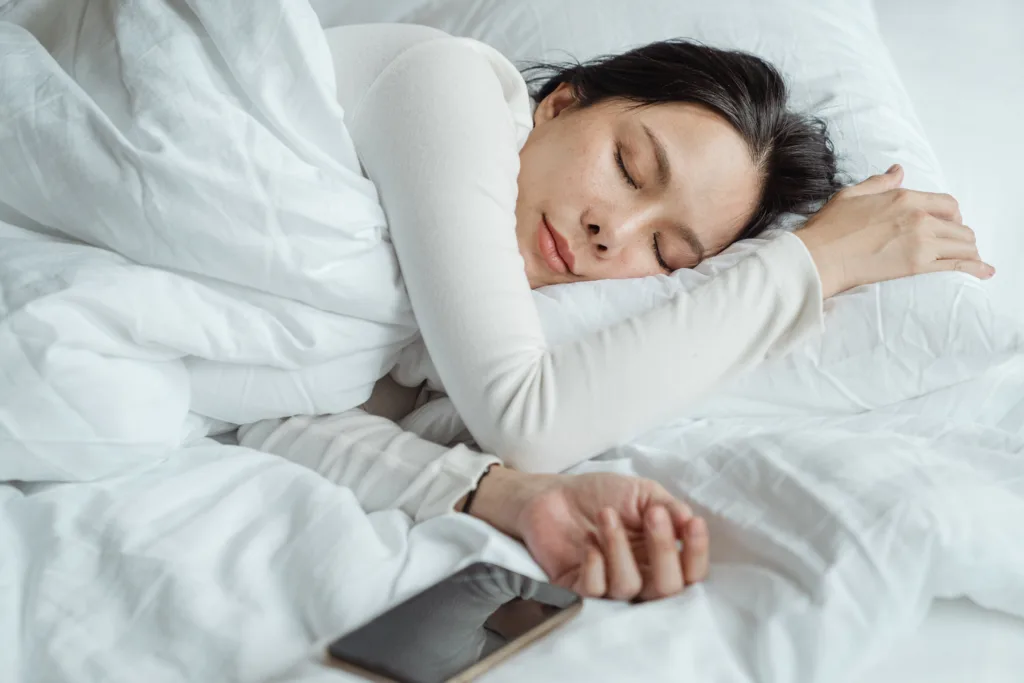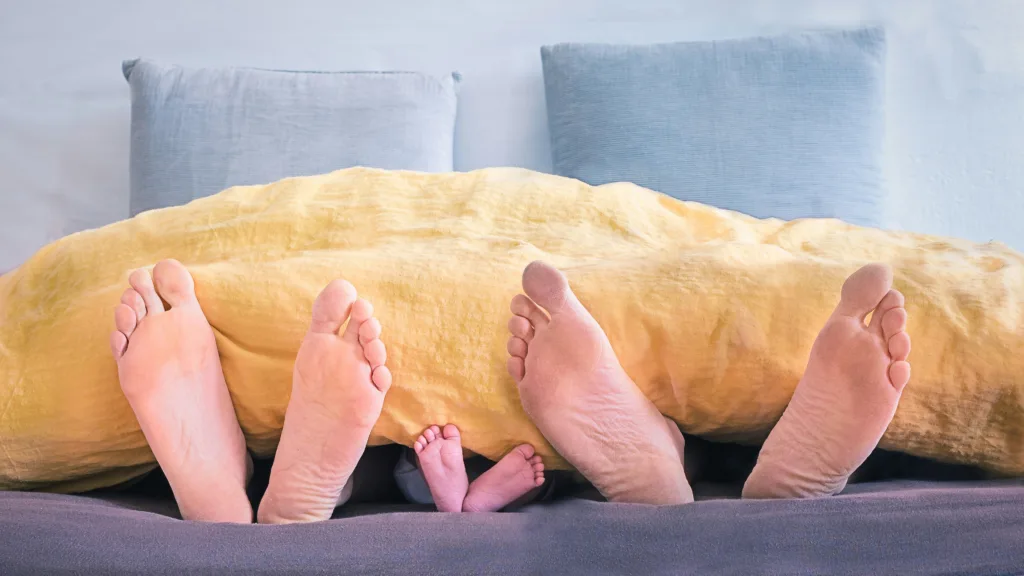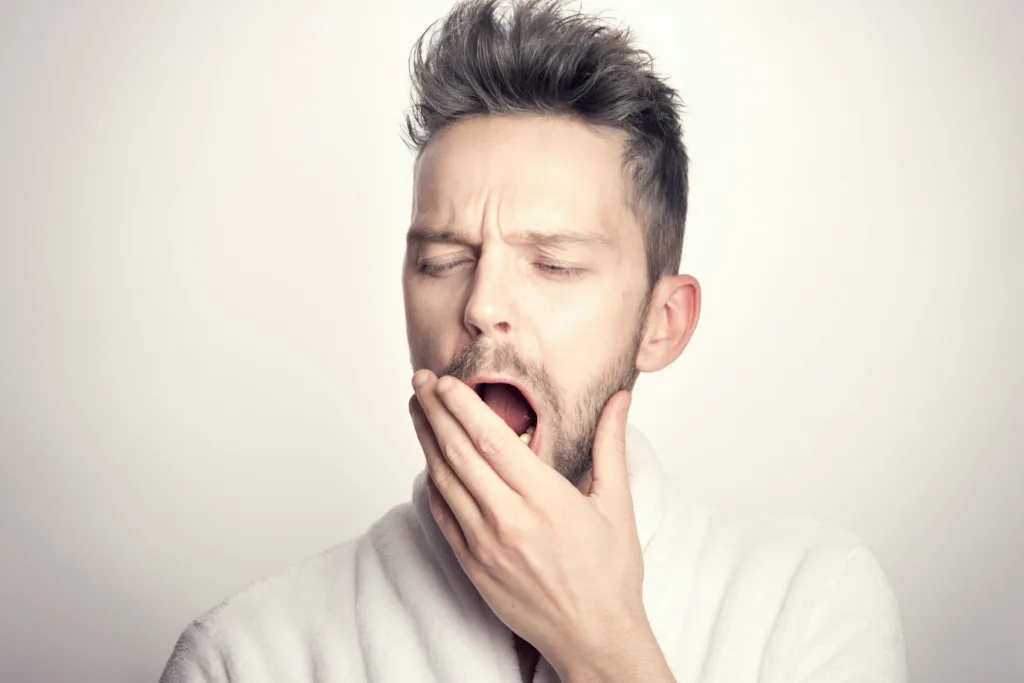Sleep gadgets have become ubiquitous but getting the information you need from them is more straightforward than you might think.
 Watches and other gadgets that can track our sleep have become a common sight in bedrooms. : Unsplash: Tânia Mousinho Unsplash Licence
Watches and other gadgets that can track our sleep have become a common sight in bedrooms. : Unsplash: Tânia Mousinho Unsplash Licence
Sleep gadgets have become ubiquitous but getting the information you need from them is more straightforward than you might think.
Sleep technology is big business. All those watches, bedside devices, and mattress sensors designed to measure our sleep have become insanely popular.
Perhaps you received a gadget at Christmas or resolved to use the one you already have to improve your sleep this year.
Now you’re left with questions: “How do I make sense of the information the device is providing?” or “What does it actually mean to improve my sleep, and how the heck do I do that?”
Fortunately, the answers are more straightforward than you think.
Most sleep tech (or consumer sleep technology) is pretty good at determining how much sleep you got last night, how consolidated that sleep was, and when it occurred.
Those are the three most important factors to consider when trying to maximise the benefits of your sleep: quantity, quality, and timing.
Sleep quantity is simply the total number of hours and minutes of sleep you get. Adults need to average at least seven hours of sleep per night for optimal health.
Sleep quality, at least when measured objectively, is the percentage of time you try to sleep that you are actually asleep. No one sleeps 100 percent of the night. Around 85 percent or more is perfectly normal.
Sleep timing is exactly what it sounds like: the clock times you go to bed at night and wake up in the morning.
Here, regularity is the key. Currently, the recommendation for good sleepers is to go to bed and wake up within the same one-hour window every day. If you are currently struggling with insomnia, you probably want that window to be more like 15 minutes, as fixing insomnia requires tighter control of your sleep.
There are good reasons to focus on quantity, quality, and timing. Those are the aspects of sleep that best correlate with physical and mental health.
Sleep quantity predicts cardiovascular health (high blood pressure, heart attacks, strokes) so strongly, it is included in the American Heart Association’s Essential Eight factors to protect cardiovascular health (alongside diet and exercise, among others).
Sleep quality, or the lack thereof in the form of insomnia, is a risk factor for a variety of mental health conditions, including depression, anxiety, alcohol dependence, and suicide.
Regularising sleep timing is a newer focus in the field of sleep health, and has quickly emerged as important for all-cause mortality and other health considerations.
That is, people with the most irregular sleep die earlier, regardless of cause, than those with the more regular sleep.
It is important to note, though, the measure of regularity in that study included more than just sleep timing. Nonetheless, sleep timing is a significant driver of sleep regularity.
Sleep quality and sleep timing are also both important for suicide. Specifically, being awake in the middle of the night is associated with a higher risk of attempted and successful suicide than being awake during the day.
There are ways to optimise sleep quantity, quality, and regularity.
First, make sleep a priority. Far too often, we trade away sleep in favour of work or social activities. This undermines all three aspects of sleep health.
Treat sleep as the pillar of health that it is — on equal footing with a good diet and regular exercise. Ok, ok. Maybe you are not so great at those other two, either.
Second, pick an ideal bedtime and wake time. Make your sleep window at least eight hours, so you can sleep at least seven hours.
Are you a morning person, an evening person, or somewhere in between? When we are most likely to feel sleepy and alert are, in part, biologically driven by our circadian rhythms. Try to honour your natural rhythm when selecting your sleep schedule.
Of course, our daily responsibilities can limit flexibility in our sleep schedules, but try to find a balance that respects your natural rhythms. To maximise regularity, it is important to keep the same schedule seven days a week.
If you have to compromise, focus more on a regular wake-up time than bedtime. Waking up at the same time everyday helps to reset your circadian rhythms, which in turn, helps you maintain a regular sleep schedule.
Third, make your bedroom sleep-friendly. This includes many of the sleep hygiene recommendations you have probably heard about: dark room, comfortable temperature, free of sleep distractions like television and electronic devices; use a bedtime routine; do nothing in bed but sleep.
Fourth, give yourself plenty of bright light in the morning, especially in the first few hours after waking up. Light is the biggest signal to our brain that we should be awake and the strongest regulator of our circadian rhythm.
In addition to light, physical activity, eating, and social activities help regulate our rhythms. In fact, Social Rhythm Therapy is an evidence-based treatment for mood disorders focusing on regularising the timing of sleep and these other behaviours to help stabilise mood. So, a focus on regularising your sleep schedule and circadian rhythms can also potentially help your mood.
Finally, try not to stress about your sleep. No one sleeps perfectly and everyone wakes up a few times during the night.
Ironically, trying to sleep actually makes it harder to sleep. One of the biggest factors interfering with many people’s sleep is stress about not sleeping well. Instead, realise if you do not sleep well tonight, you are more likely to sleep better tomorrow night.
The question now is how tech can help you improve your sleep.
The good news is consumer sleep technology can generally determine your sleep quantity, quality, and timing quite well.
Most of these devices use movement, and many also use heart rate, to determine if you are awake or asleep. From there, they can calculate sleep duration (by counting up all the minutes you were asleep), sleep quality (by dividing the amount of sleep by the time you were in bed trying to sleep), and sleep timing (by reporting the clock time of the first and last minute of sleep or by user input).
You can use this information to determine if you are meeting the basic guidelines described above. If you make changes to your sleep habits, you can track how that changes sleep quantity, quality, and timing.
Be aware, though, not all information gadgets provide is equally useful. Many of them provide proprietary ‘sleep scores’. These are generally black boxes, so we have no idea how they actually relate to sleep health. Most sleep experts recommend ignoring those scores.
Also, many gadgets claim to measure sleep stages (often labelled light, deep, and Rapid Eye Movement, or REM, sleep).
However, independent evaluations uniformly show they perform poorly at identifying specific sleep stages, often mislabelling large percentages of any given sleep stage. This is actually not terribly surprising.
The gold-standard measure of sleep relies on measuring brain electrical activity. Movement and heart rate cannot be expected to measure sleep the same way as measuring brain activity.
So, relying on sleep stage information from these types of gadgets to evaluate your sleep quality might lead to unreliable conclusions.
However, that might not matter if you stick to the big three: sleep quantity, quality, and timing.
Professor Sean P.A. Drummond is a professor of clinical neuroscience at Monash University, Director of Research Programs and Infrastructure in the School of Psychological Sciences and a researcher in the Turner Institute for Brain and Mental Health. His research interests include the cognitive neuroscience of sleep and sleep deprivation, the treatment of insomnia, and the mechanistic role sleep plays in PTSD and mood disorders.
Originally published under Creative Commons by 360info™.














